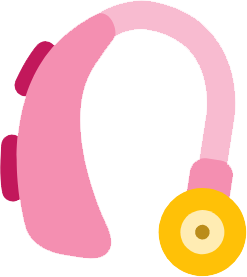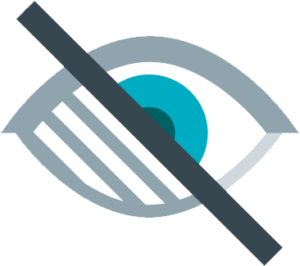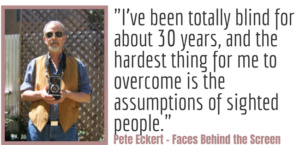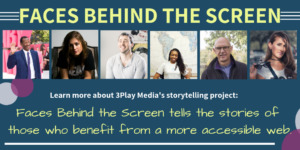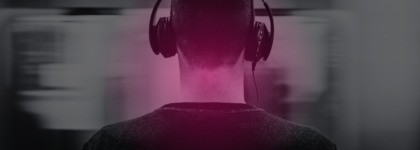Accessibility Best Practice: Speaking About Disabilities
Updated: June 3, 2019
When you come across the term deaf or blind you may think of someone who cannot hear or see at all. While this very well may be the case, it is not necessarily. There are many terms and definitions related to different sensory impairment, and it is important to understand accessibility best practices and how to use these terms correctly in order to be respectful and accurate.
Terms and Definitions Regarding Hearing Loss
The deaf and hard of hearing community is diverse. Not everyone fits into one label – or any label at all. So what does it mean to be “deaf,” “Deaf,” or “hard of hearing”? Let’s take a look at a few of these terms and their meanings.
deaf
The lowercase deaf (commonly called “small d” deaf) is used when referring to the audiological condition of not hearing. When using the “small d” deaf there is no indication of identifying as a member of the deaf community.
 Deaf
Deaf
Uppercase Deaf (also known as “big D” Deaf) is used to refer to a particular group of deaf people who share a language – American Sign Language (ASL) – and a culture. The members of this group have inherited their sign language, use it as a primary means of communication among themselves, and hold a set of beliefs about themselves and their connection to the larger society. We distinguish them from, for example, those who find themselves losing their hearing because of illness, trauma or age; although these people share the condition of not hearing, they do not have access to the knowledge, beliefs, and practices that make up the culture of Deaf people.
Hard of hearing
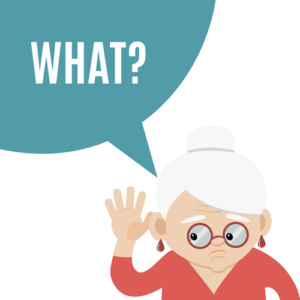
The term “hard of hearing” is much preferable to the term “hearing impaired.” Although people still frequently use the term hearing impaired, it is no longer considered politically correct. For many people, the words “deaf” and “hard of hearing” are not negative at all. Alternatively, however, the term “hearing-impaired” is viewed as negative, as it focuses on what people can’t do, therefore establishing the standard as “hearing” and anything different as “impaired,” or substandard, hindered, or damaged. Referring to something as an impairment implies that something is not as it should be and needs to be fixed to be “normal.”
In some ways hearing, in some ways deaf, in others, neither
With so many labels, and even more individuals, it’s sometimes hard to know where exactly you fit in. People who are hard of hearing often face this dilemma. Hard of hearing people can be allies of the Deaf community, decide to join this community, or choose to ignore it entirely. Some participate in the social, cultural, political, and legal life of the community along with culturally-Deaf, while others live their lives completely within the parameters of the “Hearing world.” Whatever they choose, there is no right or wrong answer, and no “one size fits all.”
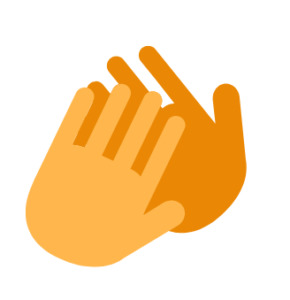
Some individuals are hard of hearing and function as a member of both the hearing and Deaf communities. (Although this is more unusual, and may be difficult to balance!)
No matter how one identifies, there are many resources out there to learn more, and meet the various needs of all individuals. For parents or educators of those with hearing loss, you can discover tips for every step of the way – whether that be reading together, playing games, or college planning.
Terms and Definitions Regarding Vision Loss

 Legal blindness v total blindness
Legal blindness v total blindness
Legal blindness and total blindness are two very different terms. Legal blindness is a term used by the United States government to determine eligibility for various services and programs – including vocational training, rehabilitation, schooling, benefits, devices, and tax exemption programs. This term doesn’t actually describe what a person can and cannot see. Total blindness on the other hand refers to the complete lack of light perception and form perception. According to the American Foundation for the Blind (AFB), “85% of all individuals with eye disorders have some remaining sight; approximately 15% are totally blind.”
Low vision
There are many different types of visual impairments that cause low vision, or partial vision loss. Low vision refers to uncorrectable vision loss that interferes with daily activities. Someone who is low vision may be legally blind, but may still have some sight. The leading causes of blindness and low vision in US adults are attributed to four age-related eye diseases: cataracts, diabetic retinopathy, glaucoma, and age-related macular degeneration.
DeafBlind
DeafBlindness does not refer to a total lack of hearing and sight. Most people who are DeafBlind have a combination of vision and hearing loss. They usually have some useful but not always reliable vision and hearing. Some people have little or no useable hearing and vision.
There a many different phrases used to describe these individuals who have hearing and vision loss. Some of these terms include: combined vision and hearing loss, dual sensory impaired, concomitant vision and hearing loss, deaf-blind, blind-deaf, deaf/blind, DeafBlind, and deafblind. More recently, there has been a growing effort to use person first language when referring to a person with a disability and many people prefer the term “person who is deaf-blind”. The term “deafblind”, no hyphen, has also recently gained popularity in the United States. As always, it’s best to ask individuals how they identify, so you can be sure to use the appropriate language and terminology.
Common Misconceptions
Sadly many people make assumptions about those who are different than us, without taking the time or making the effort to learn and understand the truth. Asking questions can be uncomfortable, but typically benefits everyone involved. Deaf and blind individuals are just the same as everyone else – the only thing they can’t do is hear or see. In fact, you can be deaf and be a DJ, like Nico DiMarco, blind and be a photographer, like Pete Eckert, or DeafBlind and do AcroYoga, like Tanya and Andrew. While individuals with sensory disabilities may need different resources or accommodations that, doesn’t mean they are incapable in any way.
“A majority of the blind community are people with low vision. We can still see a little, or most of the detail of what we’re looking at , it just depends on environmental conditions. I am visually impaired, but I am also a painter, and I coach soccer.” – JD Dalton, Faces Behind the Screen
—
To learn more, check out some of the incredible stories from Faces Behind the Screen.


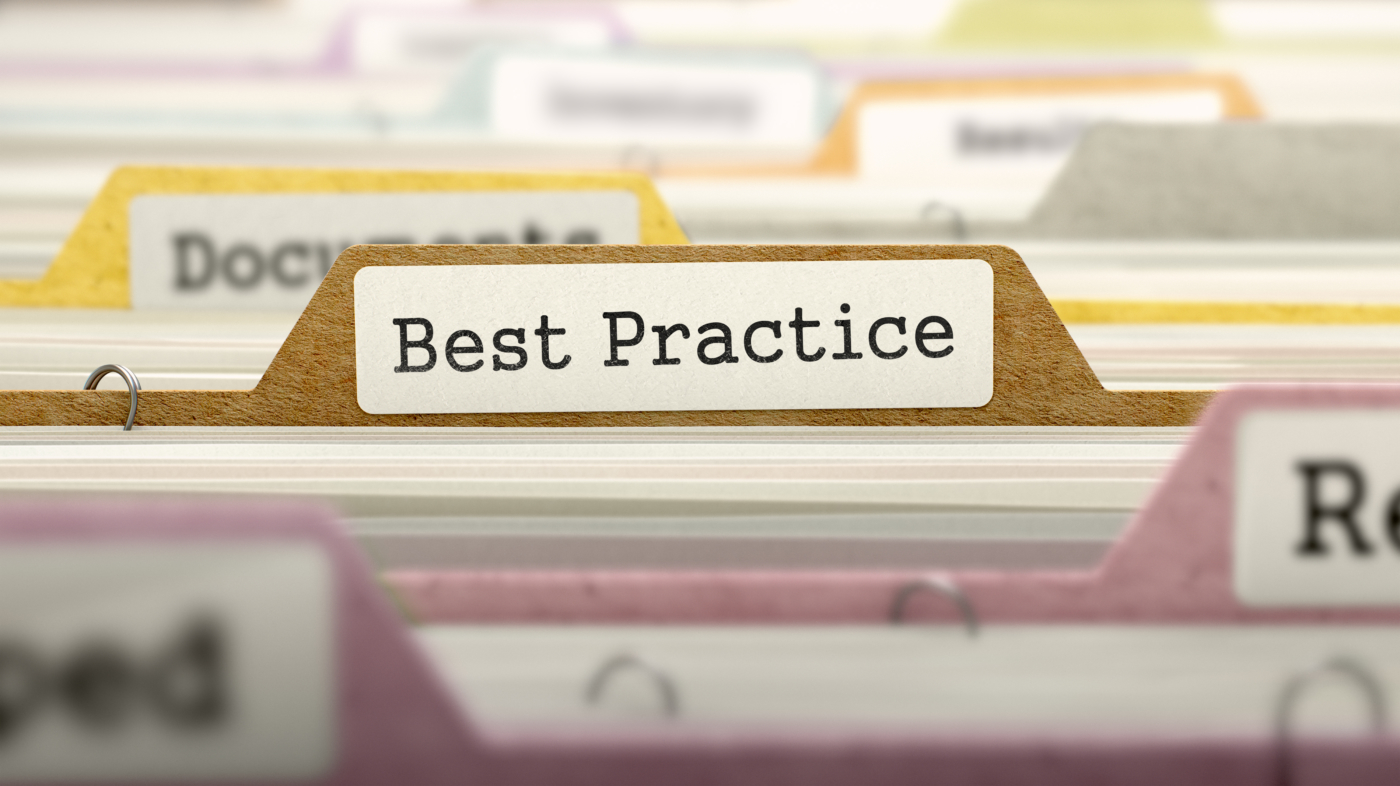
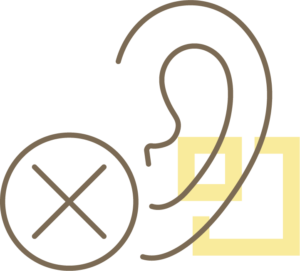
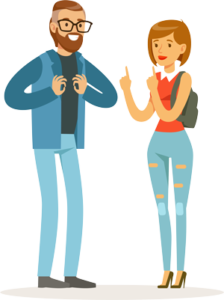 Deaf
Deaf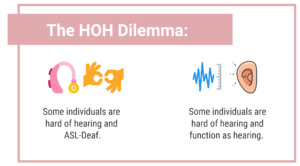
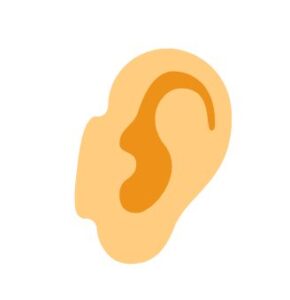
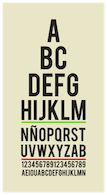
 Legal blindness v total blindness
Legal blindness v total blindness